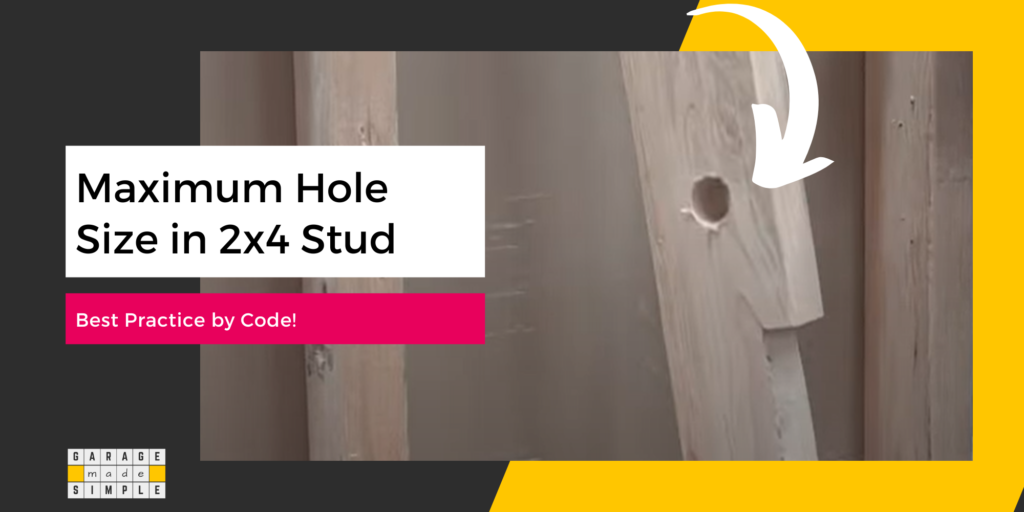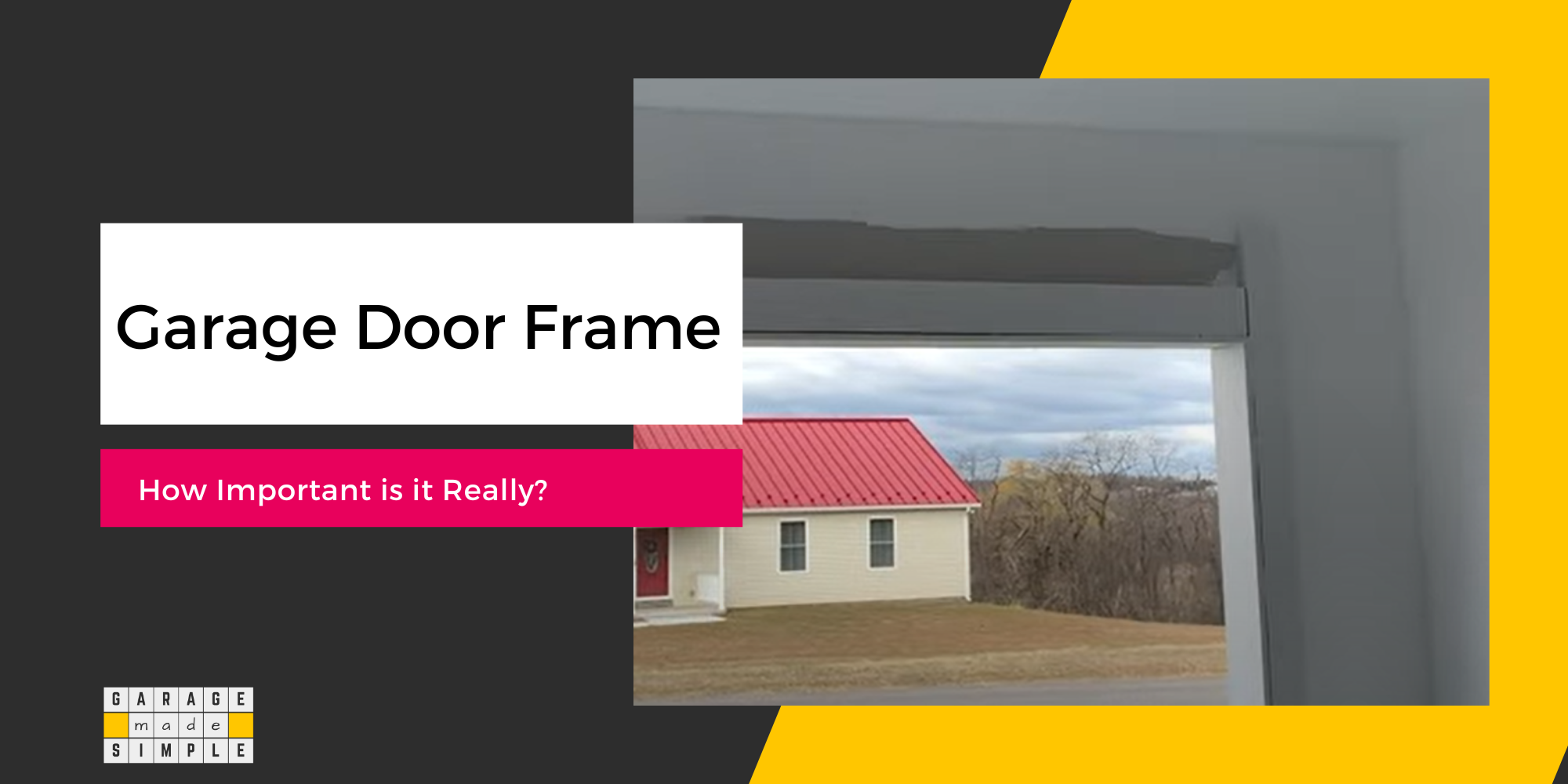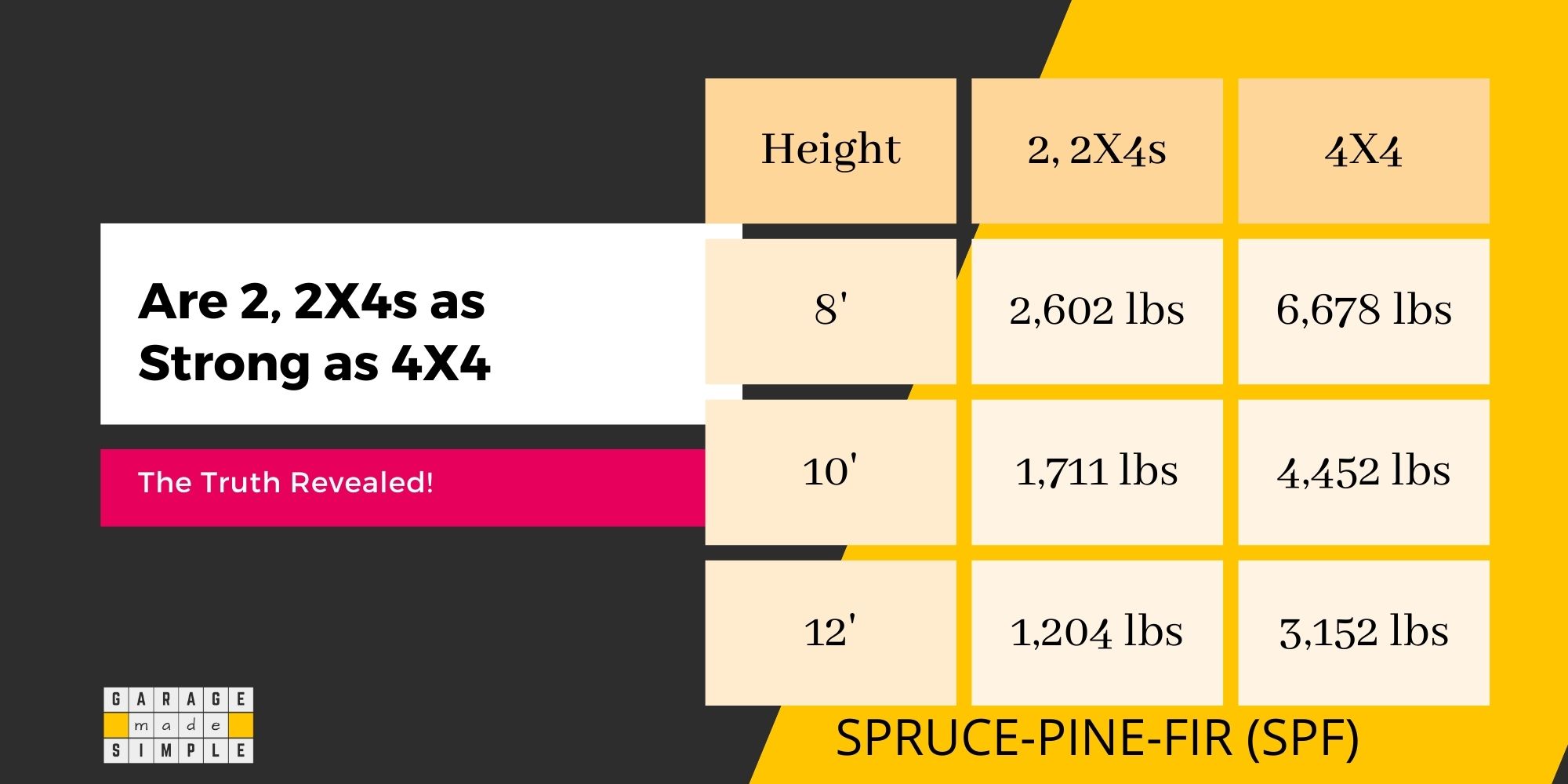Maximum Hole Size in 2×4 Stud: Best Practice by Code!
garagemadesimple.com is a participant in the Amazon Services LLC Associates Program, an affiliate advertising program designed to provide a means for sites to earn advertising fees by advertising and linking to Amazon.com . The website is also an affiliate of a few other brands.
What can be The Maximum Hole Size in 2×4 Stud as per Code?
You need to drill holes in studs to run utilities such as electrical wires, water pipes, etc. But what is the maximum hole size in 2X4 stud that you can drill? Have you given this any thought?
A hole through a 2X4 stud compromises the load bearing capacity. The larger the hole the lower the 2X4 wall load bearing capacity. So, how big a hole can you put in a 2×4 stud?
Section 602.6 of 2021 International Residential Code (IRC) covers the requirements regarding “drilling and notching of studs”. Based on the code:
For a load bearing stud the hole diameter can not exceed 40% of the stud depth.
For a 2X4 stud this translates to around 1 ⅜”. The diameter can be increased to 60% of the stud depth (around 2 ⅛” for a 2X4 stud) provided the stud is doubled. No more than 2 successive studs are permitted to be doubled.
Moreover, the distance between the edge of the garage wall stud and the edge of the hole should not be less than ⅝”. The hole can not be in the same section as a notch or cut.
For a non load bearing stud the requirements are a little less stringent. The hole diameter can be 60% of the stud depth (around 2 ⅛” for a 2X4 stud). Doubling of the stud is not required.
Other conditions remain the same. So, the distance between the edge of the stud and the edge of the hole should not be less than ⅝”. The hole can not be in the same section as a notch or cut.

How Much Can You Cut into a Stud?
For certain applications you may not need to drill a hole. Instead, you may need to make a notch or a cut in the stud. Can you do that and how much can you cut into a stud?
You can not make a cut greater than ⅞” in a load bearing 2X4 wood stud. The code does not permit the cut to be greater than 25% of the stud depth for a load bearing stud.
For a non load bearing 2X4 wood stud, say in a garage partition wall, the code permits the cut to be equal to or less than 40% of the stud depth. A cut equal to or smaller than 1 ⅜” is acceptable for a non load bearing 2X4 wood stud.
A notch or a cut in a 2X4 wood stud compromises the strength and load bearing capacity of the stud. A notch or a cut may become necessary. The depth of the notch or cut should be kept within the prescribed code.
If this is not possible then the affected stud needs to be strengthened. This can be done by techniques such as sistering or bracing.
The Code for Drilling and Notching of Studs
Section 602.6 of 2021 International Residential Code (IRC) covers the requirements regarding “drilling and notching of studs”. Reading the code will answer your query regarding maximum hole size in a 2X4 stud.
I have summarized the code requirements in the table below, so that you have easy access:
| Load Bearing Stud | Non Load Bearing Stud | |
| Hole | * Max Dia < 40% of stud depth * Distance between hole edge and stud edge must be < ⅝” * Hole can not be in the same section as a notch *Dia between 40% – 60% requires doubling of stud * Not more than 2 successive doubled studs with bored holes permitted. | * Max Dia < 60% of stud depth * Distance between hole edge and stud edge must be < ⅝” * Hole can not be in the same section as a notch |
| Notch | * Cut must be < 25% of stud depth | * Cut must be < 40% of stud depth |
NOTE: The actual dimensions of a 2X4 stud is 1 ½” X 3 ½”. In other words the stud depth is 3 ½”.
For a 2X4 stud (depth 3 ½”), the table below can be helpful as a ready reckoner:
| In %age | In Inches |
| 25% | ⅞” |
| 40% | Around 1 ⅜” |
| 60% | Around 2 ⅛” |
DEWALT XTREME 12V MAX* Cordless Drill / Driver Kit, 3/8-Inch
DEWALT XTREME 12V MAX* Cordless Drill
This cordless drill is compact and performance packed, ideal for precision applications like drilling small pilot holes. It accepts up to a 12-inch spade bit.
At only 5.97-inch length, it is packed to perform with a 2-speed transmission. It also features a bright LED positioned light on the foot to illuminate work areas.
When Do You Need to Drill a Hole in a Stud?
You will need to drill a hole in a stud in following cases:
Case 1: Drilling Holes in Studs for Electrical Wire
When adding electrical wiring to a garage, drilling a hole in a wall stud is necessary. The holes in the studs let you run the Romex electric wiring, hidden and protected, behind the drywall.
This is the best way to keep electrical wiring secure, safe and minimize fire hazards.
Case 2: Drilling Holes in Studs for Plumbing
Drilling a hole in a wall stud is necessary to run pipes through the stud and connect them to the water supply or drainage system. A great advantage of using stud walls is that you can keep all your utilities secure, hidden and protected, behind the drywall or any alternative sheathing material.
Case 3: Adding HVAC Ductwork
The HVAC unit is quite often installed in the garage and ducts need to go into the dwelling zone of your home through the garage wall. Naturally you need to drill holes in one or more studs.
Case 4: Hanging Shelves or Cabinets
When you hang shelves or cabinets, you need to drill into one or more wall studs to provide a secure anchor point.
Thank you very much for reading the post. I do hope you found it informative and useful.







